When you ask, "are electric scooters waterproof," you should know that no scooter on the market is truly waterproof. Most electric scooters are water-resistant instead. For example, about 40% of scooters have ratings like IP54, which means they can handle light rain or splashes but not deep puddles or full submersion. Water resistance protects your scooter's electronics, making your rides safer and helping your scooter last longer. Manufacturers design newer models with sealed parts to improve safety, but you should still avoid riding during heavy rain or through large puddles.
Are Electric Scooters Waterproof?
Waterproof vs. Water-Resistant
When you look at electric scooters, you might wonder, "are electric scooters waterproof?" The answer is no. No electric scooter is truly waterproof. Instead, most scooters are water-resistant. This means they can handle some water, like light rain or splashes, but not full submersion or heavy downpours.
The industry uses the IP (Ingress Protection) rating system to measure how well a scooter resists water and dust. The first number in the IP rating shows how much protection the scooter has against solids like dust. The second number shows how much water resistance the scooter offers. For example, an IP54 rating means the scooter is protected against dust and splashing water. Higher numbers, like IP65 or IP66, mean better water resistance. However, even with a high IP rating, electric scooters waterproof claims do not mean you can ride through deep puddles or heavy rain.
Manufacturers use special seals and coatings to make water-resistant electric scooters. These barriers help keep water away from important parts like the battery and motor. Still, you should remember that water-resistant does not mean waterproof. Even the best water-resistant scooters can get damaged if you expose them to too much water.
Tip: Always check your scooter's IP rating before riding in wet conditions. This rating tells you how much water resistance your scooter has.
Many people think electric scooters waterproof features mean you can ride anywhere, but that is not true. Some believe water-resistant scooters are fully waterproof, but no scooter can survive being underwater. Others think adding water resistance makes scooters heavy, but new technology keeps them light and easy to carry.
Why It Matters
Understanding the difference between waterproof and water-resistant electric scooters helps you protect your ride and stay safe. If you use your scooter in heavy rain or deep water, you risk damaging the battery, motor, and electronics. Water can cause rust, lower performance, and even make your scooter stop working.
Here is a table that shows what can happen if you use a water-resistant scooter in wet environments:
|
Aspect |
Details |
|---|---|
|
Water Damage Effects |
Corrosion and rust on battery, motor, and electronics; decreased performance and battery life; possible permanent failure. |
|
IP Ratings and Limitations |
High IP ratings mean good water resistance, but real-world conditions can still cause damage. No scooter is fully waterproof. |
|
Vulnerable Components |
Battery compartments and electrical connections are most at risk for water damage. |
|
Maintenance Tips |
Inspect for rust, keep your scooter dry, store it indoors, and follow the maintenance schedule. |
|
Riding Advice |
Avoid deep puddles, wipe down your scooter after wet rides, and use protective coatings. |
|
Warranty and Safety |
Most warranties do not cover water damage. Riding in heavy rain is not safe and can void your warranty. |
You should always avoid riding in heavy rain or through deep puddles. Even electric scooters waterproof to a high degree can fail if water gets inside. Most manufacturers do not cover water damage under warranty, so repairs can be costly.
Note: Water resistance helps your scooter last longer, but it does not make it invincible. Treat your scooter with care, especially in wet weather.
When you ask, "are electric scooters waterproof," remember that water resistance has limits. Knowing your scooter's rating and following safety tips will help you enjoy your ride and avoid expensive repairs.
Electric Scooters Waterproof Ratings

Understanding IP Ratings
When you look at electric scooters, you will often see an IP rating on the product details. This code tells you how well the scooter can handle dust and water. The IP rating uses two numbers. The first number shows how much protection the scooter has against solids like dust. The second number shows the water resistance level. For example, an IP54 rating means the scooter can handle some dust and water splashes from any direction. Most experts recommend a minimum IP54 rating for safe riding in light rain.
The International Electrotechnical Commission (IEC) sets the standards for these ratings. Manufacturers test scooters under strict conditions to get an accurate IP rating. You should know that higher numbers mean better protection, but even the highest water resistance ratings do not make a scooter fully waterproof. Only about 40% of electric scooters have an IP rating of IPX4 or higher, which means most scooters can only handle light rain and splashes.
Here is a quick guide to what each digit means:
|
IP Rating Digit |
Meaning |
Explanation |
|---|---|---|
|
First digit (0-6) |
Protection against solids |
Shows how well the scooter keeps out dust and solid particles |
|
Second digit (0-8) |
Protection against liquids |
Shows the water resistance, from no protection to full immersion |
Tip: Always check the IP rating before riding in wet weather. This helps you protect the water-resistant components inside your scooter.
Common IP Ratings Explained
You will find several common IP ratings on electric scooters. Each rating gives you a different level of water resistance. Here are the most popular ones:
-
IP54: Dust protected and splash resistant. Good for light rain and city riding.
-
IP55: Handles medium-pressure water jets. Safer for heavier rain.
-
IP56: Protects against high-pressure water jets. Useful for strong rain.
-
IP65: Dust-tight and resists water jets. Works well in heavy rain.
-
IP66: Dust-tight and resists powerful water jets. Handles very wet conditions.
-
IP67: Dust-tight and can survive short-term immersion in water.
Most scooters use IP54, which is enough for daily commuting. Higher ratings like IP65 or IP66 offer better water resistance, but they do not make the scooter waterproof. Even with an IPX7 rating, which allows for temporary immersion, you should avoid riding through deep water. Manufacturers still warn against using scooters in heavy rain, even if the water resistance is high.

Remember, water resistance helps your scooter last longer, but no scooter is truly waterproof. Always use caution in wet conditions and follow the guidelines for your scooter's IP rating.
Riding in Wet Conditions

Risks and Precautions
Riding in the rain can seem fun, but it brings real risks. Safety organizations report that accidents happen more often on wet surfaces. In one study, 34.9% of people hurt in e-scooter accidents were riding on wet roads. These accidents often led to serious injuries that needed surgery. Wet roads make it harder to control your scooter. Potholes and cracks hide under puddles, making falls more likely. Wet brakes and tires also increase stopping distance, so you need to slow down and stay alert.
To help you ride safely in rainy weather, experts recommend these steps:
-
Check the weather before you leave. Avoid riding in the rain if storms or heavy showers are coming.
-
Wear waterproof clothing like jackets, pants, and shoe covers. Use a helmet cover to keep your head dry.
-
Add waterproof accessories such as gloves and handlebar covers. Use a waterproof bag for your things.
-
Ride slowly and keep more space between you and others. Wet roads are slippery.
-
Stay away from puddles and standing water. These can hide holes or sharp objects.
-
After riding in the rain, inspect your scooter for damage or rust. Focus on brakes, tires, and electrical parts.
-
Dry your scooter well after each wet ride. Store it in a dry place.
-
Use bright lights and wear reflective gear to stay visible.
-
Stop riding if the rain gets heavy or you cannot see well.
Tip: Always power off your scooter after riding in the rain. Let it dry fully before charging.
Manufacturer Guidelines
Major scooter brands give clear advice about riding in the rain. Most say you should avoid wet weather unless your scooter has strong wet-weather capabilities. Even scooters with high IP ratings need extra care. Brands like Emove Cruiser S design scooters for better grip and stability in rain, but they still suggest adding extra grip tape for safety.
Manufacturers also warn against riding through puddles. Water can get into the battery or motor and cause damage. Most warranties do not cover water damage. For example, Segway, Unagi, and Bugatti all say that riding in the rain or through puddles can void your warranty. They recommend checking your scooter before each ride, especially the brakes and seals. You should also use waterproof covers and apply grease to connectors if you ride in wet weather often.
|
Brand |
Water Damage Policy |
|---|---|
|
Rydology |
No coverage for water damage; exposure voids warranty. |
|
KOMOTO |
No coverage for water damage; rain use not recommended. |
|
Unagi |
Water damage excluded; proper storage required. |
|
Bugatti |
No warranty for water or moisture damage; improper maintenance voids claims. |
Note: No electric scooter is fully waterproof. Always use caution when riding in the rain, and follow your manufacturer's guidelines to protect your scooter.
Protecting Waterproof Electric Scooters
Best Practices
You want your waterproof electric scooters to last as long as possible. Good habits help you avoid water damage and keep your scooter safe in the rain. Start by understanding your scooter's water resistance rating. Scooters with higher ratings, like IP65, handle wet conditions better than those with lower ratings. Always check the weather before you ride. If heavy rain is coming, wait until it stops.
When you ride in light rain, avoid deep puddles and standing water. Water can sneak into battery compartments and damage electronics. If your scooter gets wet, power it down right away. Use a dry cloth to wipe off any moisture, especially around the charging port and deck. Let your scooter air dry for at least 24 hours in a warm, well-ventilated place. Never use direct heat, like a hair dryer, because it can harm the parts.
For proper storage and protection, keep your scooter indoors or in a dry, covered spot. Avoid damp basements or garages unless they are clean and insulated. Use a waterproof cover to shield your scooter from rain and dust. Raise the scooter off the ground to keep it away from puddles. Always close the charging port tightly before storing.
Tip: Waterproof accessories like silicone plugs and deck sealants add extra water resistance and help protect your scooter during wet rides.
Maintenance Tips
Regular care keeps waterproof electric scooters running smoothly. After every ride in the rain, inspect your scooter for water inside the battery compartment or charging port. Clean mud and grime from the wheels and undercarriage. Dry all parts with a soft cloth, focusing on electrical areas.
Check for corrosion around battery terminals and electrical connections every month. Tighten bolts and check tires for wear. Lubricate moving parts with a silicone-based lubricant, but do not use too much. Clean your scooter with mild soap and a damp cloth, never with high-pressure water.
Here is a simple table to help you remember key maintenance tasks:
|
Task |
How Often |
|---|---|
|
Inspect for water damage |
After wet rides |
|
Clean and dry scooter |
After wet rides |
|
Check battery and wiring |
Monthly |
|
Lubricate moving parts |
Monthly |
|
Store in dry location |
Always |
Note: Avoid riding waterproof electric scooters in heavy rain or through deep puddles. Even with strong water resistance, too much water can cause damage.
Choosing Water-Resistant or Waterproof
Assessing Your Needs
You need to think about your daily environment before picking an electric scooter. If you live in a city with light rain, a water-resistant scooter may work well. For places with heavy rain or lots of puddles, you should look for a scooter with a higher IP rating. This rating shows how much water and dust your scooter can handle. Learning how to determine your e-scooter's water resistance level helps you make a smart choice.
Here is a table to help you compare important factors:
|
Factor |
Explanation |
|---|---|
|
Intended Use |
City riding in light rain needs water resistance; heavy rain or wet trails need higher ratings. |
|
IP Rating |
Higher numbers mean better protection, but also higher cost. |
|
Cost |
More water resistance usually means a higher price. |
|
Maintenance |
High water resistance may need more upkeep. |
|
Warranty Coverage |
Some warranties only cover water damage if you follow the rules. |
|
Storage Options |
Carry bags and covers help keep your scooter dry. |
|
Realistic Expectations |
No scooter is fully waterproof. |
|
Materials |
Look for corrosion-resistant parts and strong seals. |
|
Regular Maintenance |
Clean and check your scooter often to keep it safe. |
If you ride in a place with lots of rain or humidity, you need a scooter with sealed battery compartments and water-sealed connectors. These features protect your scooter's motor and electronics from damage. Riding in wet weather can cause rust or electrical problems, so always check your scooter after each ride.
Tip: Trusted groups like UL Solutions test and verify water resistance claims. You can check their database to see if a scooter's claims are real.
Key Takeaways
-
Understand IP ratings before buying. IP54 works for light rain, but IP65 or higher is better for heavy rain.
-
No scooter is fully waterproof. Even the best models can get damaged if you ride through deep water.
-
Water-resistant features like sealed batteries, rubber grommets, and strong fenders help keep your scooter safe.
-
Regular cleaning and inspection keep your scooter working well and help you avoid costly repairs.
-
Higher water resistance often means a higher price, but it also means better protection and longer scooter life.
-
Always store your scooter in a dry place and avoid riding in deep puddles or during storms.
Note: Picking the right scooter depends on your local weather, how often you ride, and your budget. Make sure you choose a model that matches your needs for safe and reliable riding.
Most electric scooters you find are water-resistant, not waterproof. Always check the IP rating before you buy. Consumer groups say this step is crucial because it protects your investment and helps you pick a scooter that fits your local weather. To keep your scooter safe, dry it after wet rides, avoid deep puddles, and never charge it while wet. Choose a model that matches your riding habits and environment. Remember, a little care goes a long way in keeping your scooter running smoothly. 🚦
FAQ
Can you ride an electric scooter in the rain?
You can ride some electric scooters in light rain if they have a good IP rating. Always check your scooter’s manual first. Avoid heavy rain and deep puddles to protect the electronics.
What happens if your electric scooter gets wet?
Water can damage the battery, motor, and wiring. If your scooter gets wet, turn it off, dry it with a cloth, and let it air dry before charging. Water damage may void your warranty.
How do you check your scooter’s water resistance?
Look for the IP rating on your scooter or in the manual. Higher numbers mean better water resistance. For example, IP54 handles light rain, while IP65 offers stronger protection.
Does water damage void the warranty on electric scooters?
Most brands do not cover water damage under warranty. Always read your warranty terms. Riding in wet conditions may void your coverage.
What should you do after riding in wet conditions?
-
Wipe your scooter dry with a soft cloth.
-
Check for water near the battery and charging port.
-
Store your scooter in a dry place.
-
Inspect for rust or damage before your next ride.









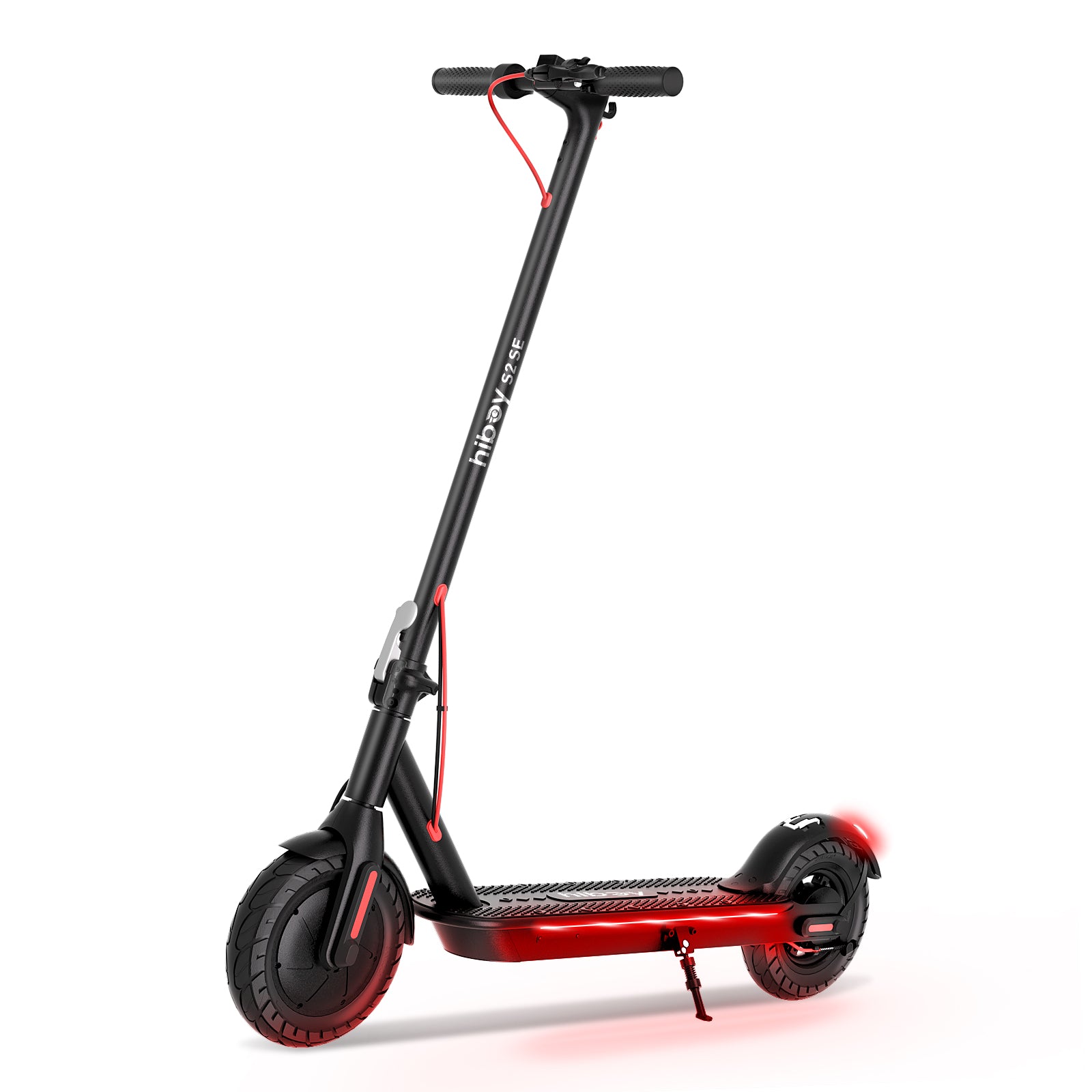
 S2 SE
S2 SE
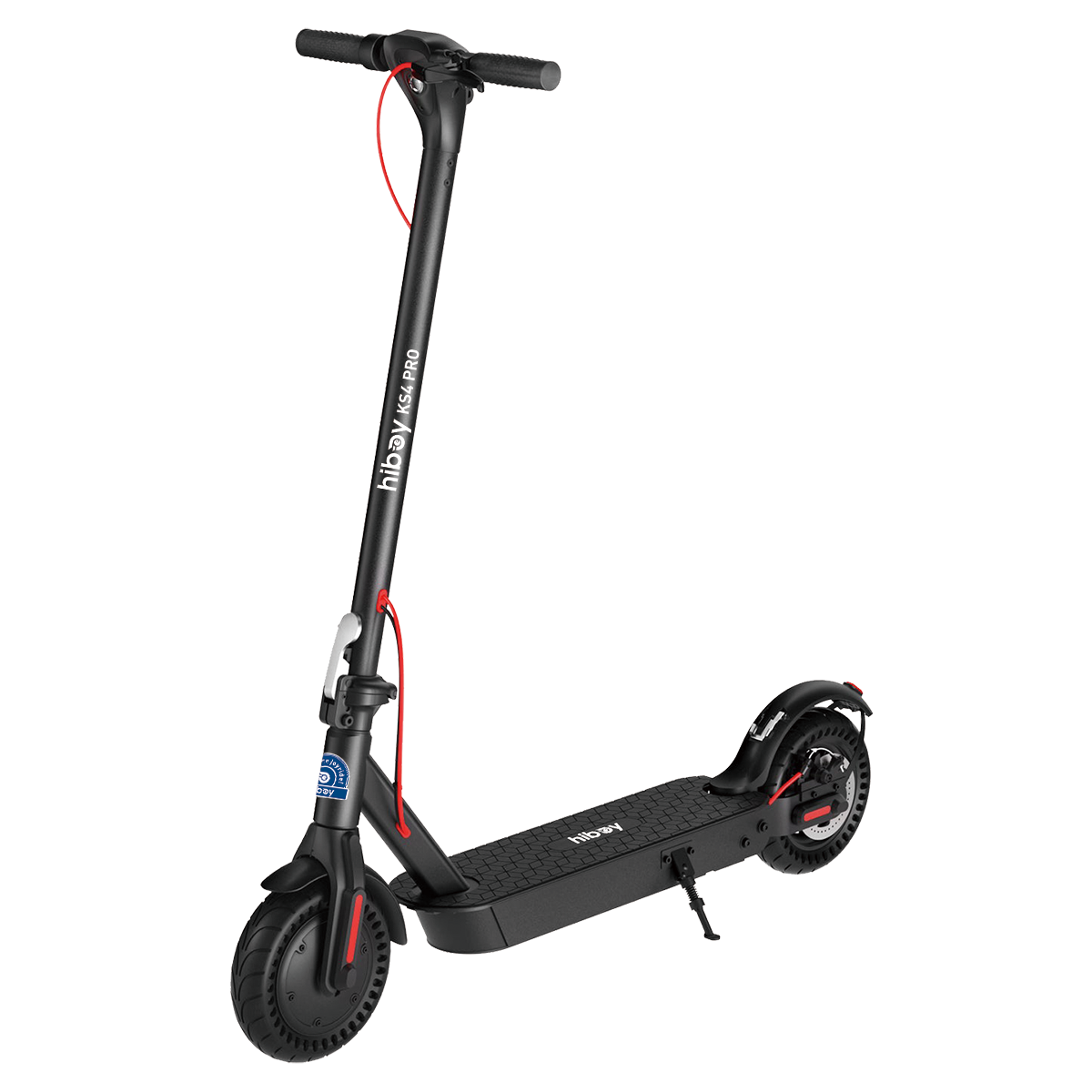 KS4 Pro
KS4 Pro
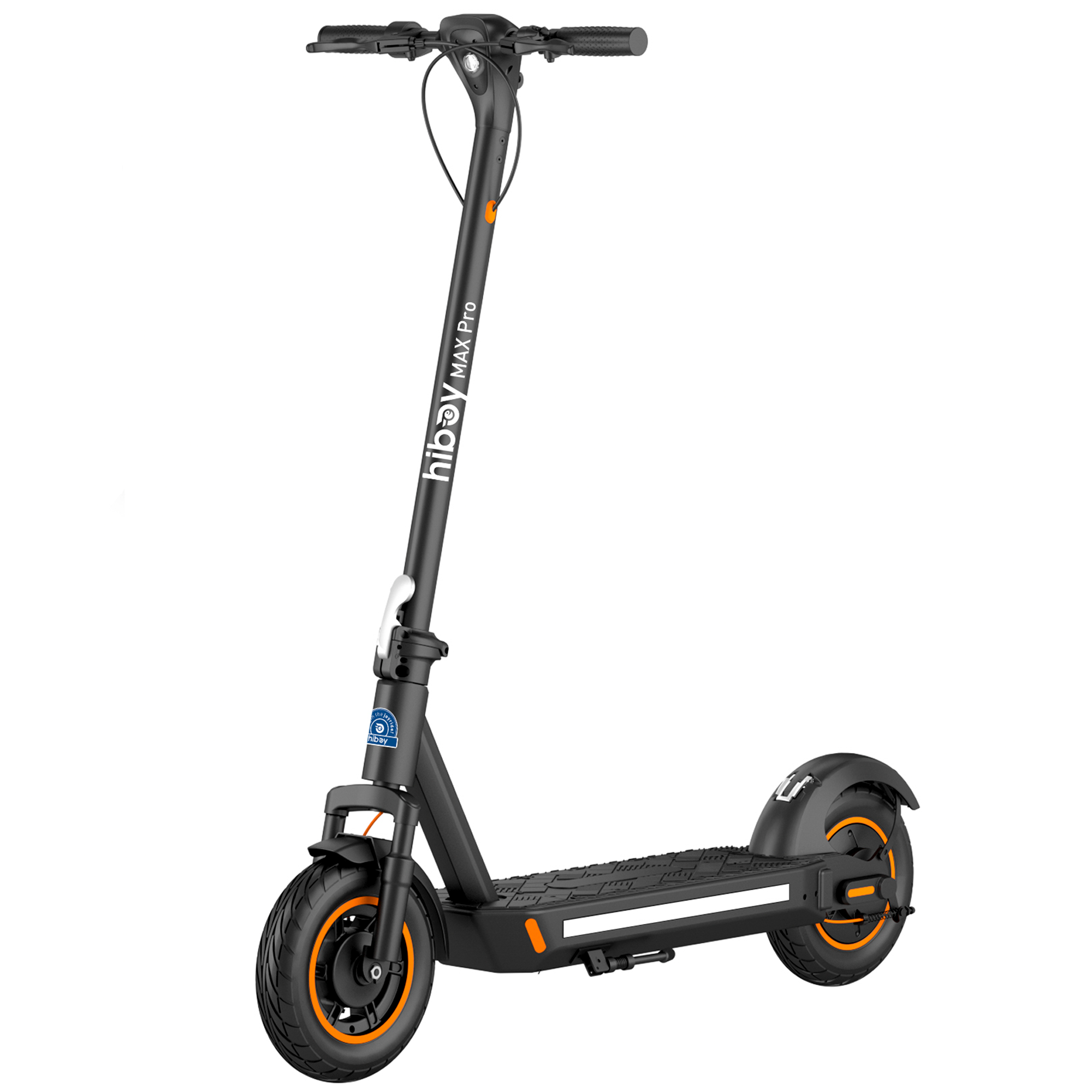 MAX Pro
MAX Pro
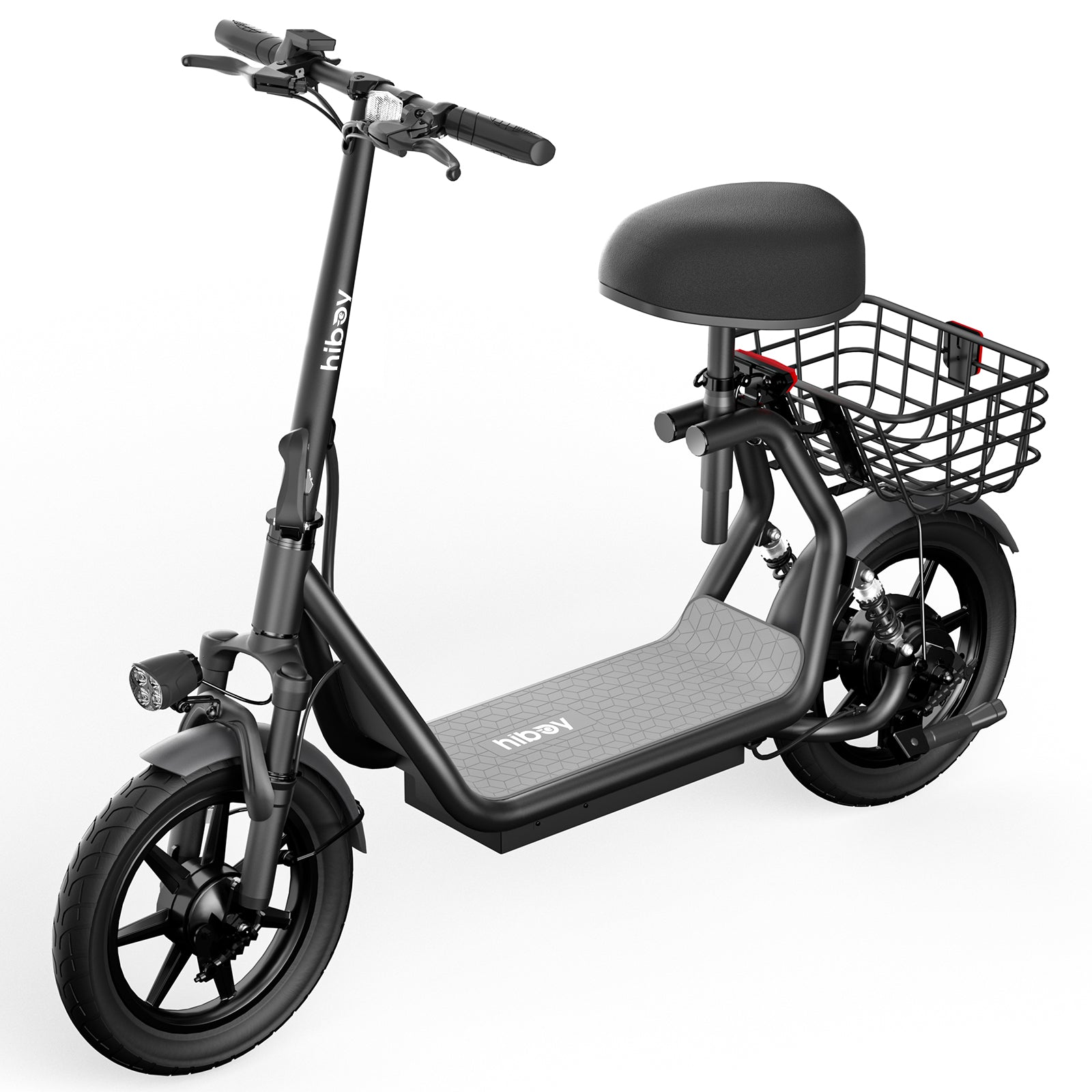 U2 Ultra
U2 Ultra
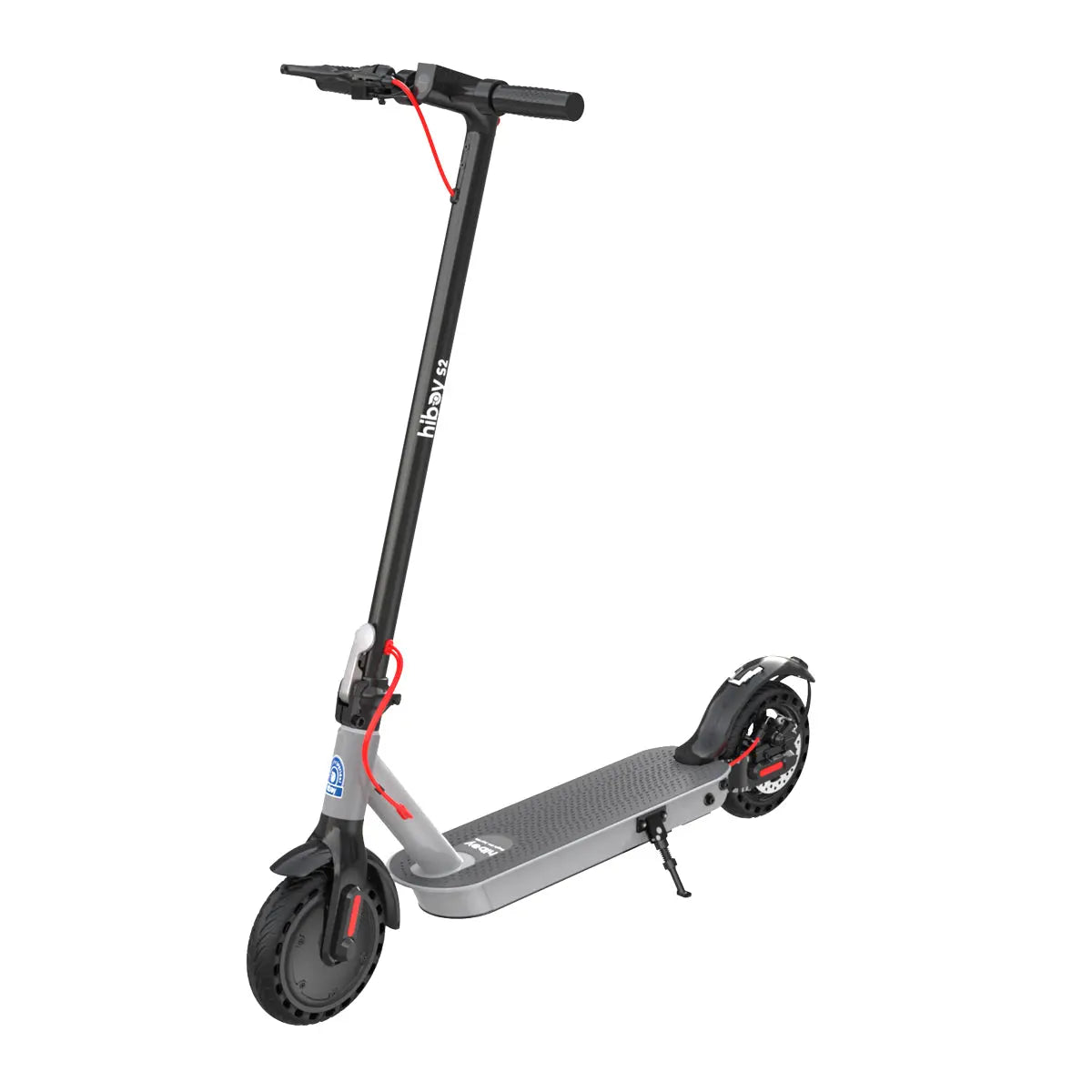 S2
S2
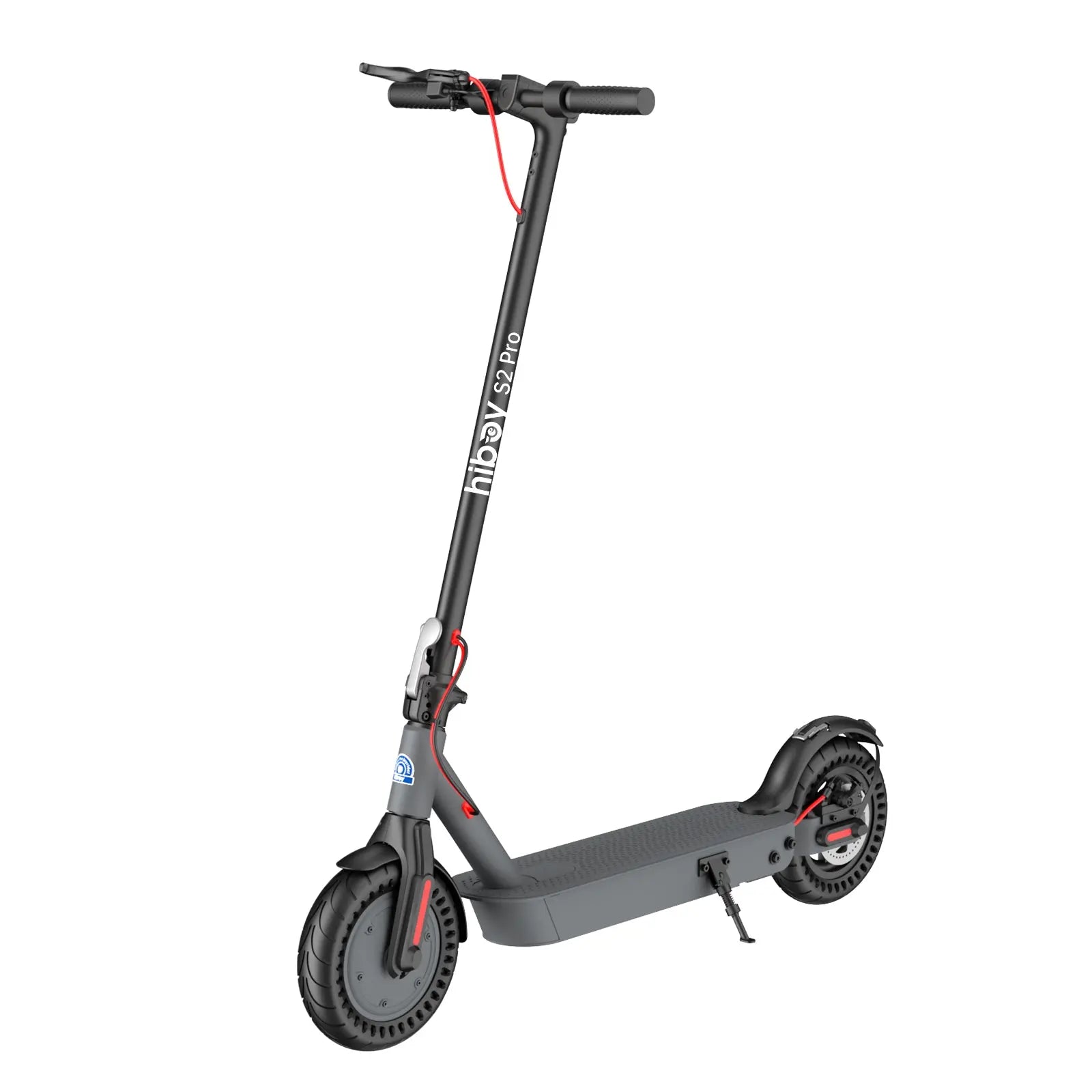 S2 Pro
S2 Pro
 Light-Weight & Portable
Light-Weight & Portable
 Long Range
Long Range
 For Heavy Riders
For Heavy Riders
 Big Wheel
Big Wheel
 With Seat
With Seat
 Fast
Fast


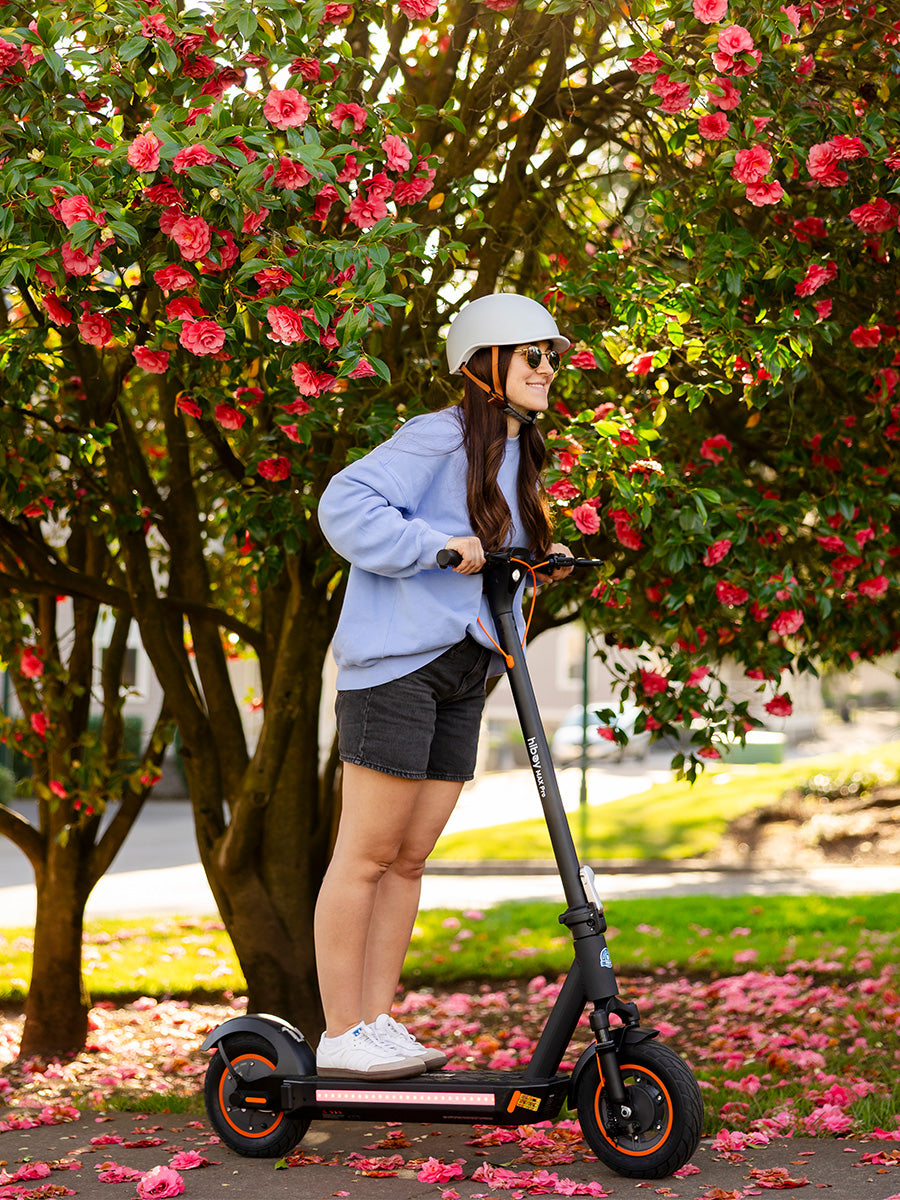
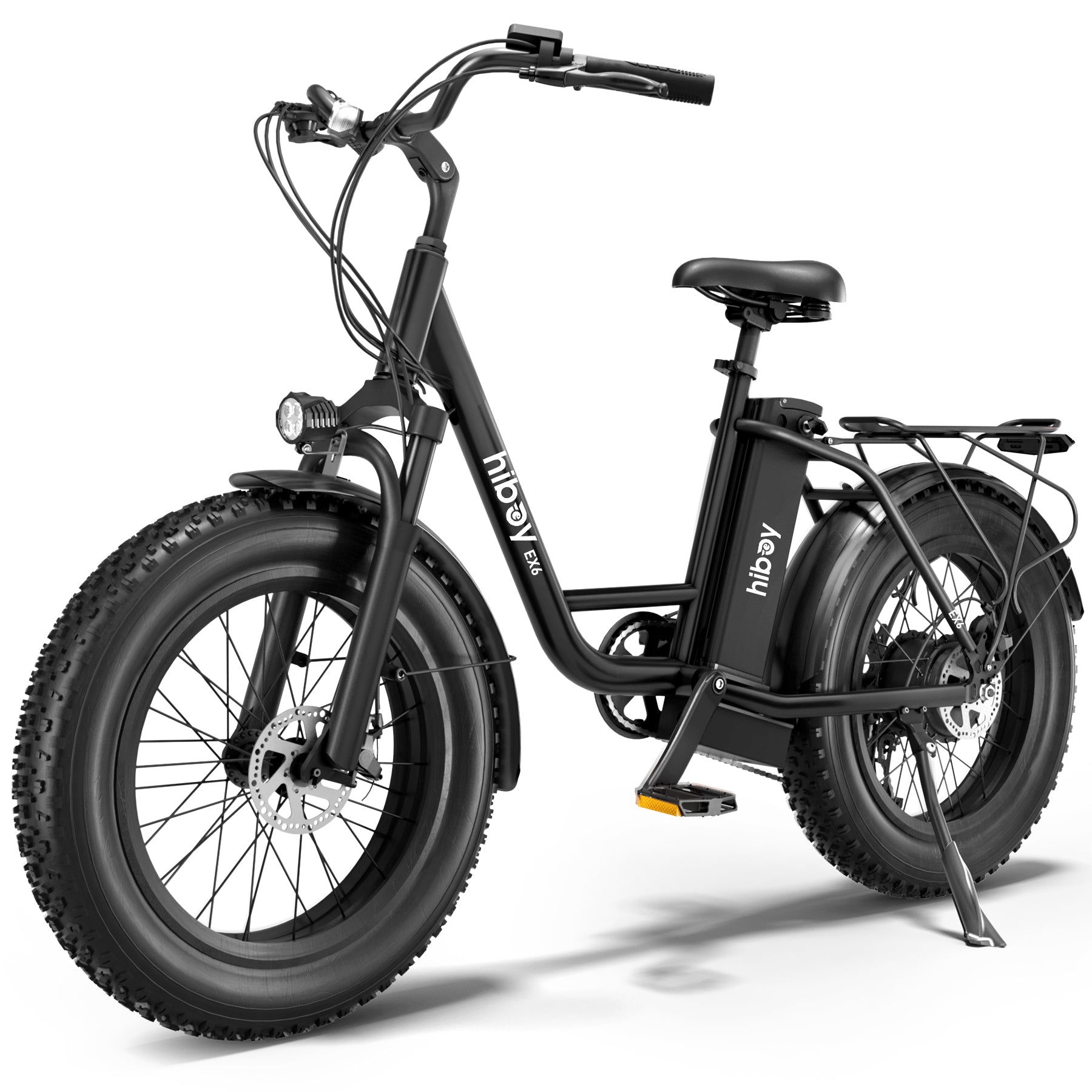 EX6
EX6
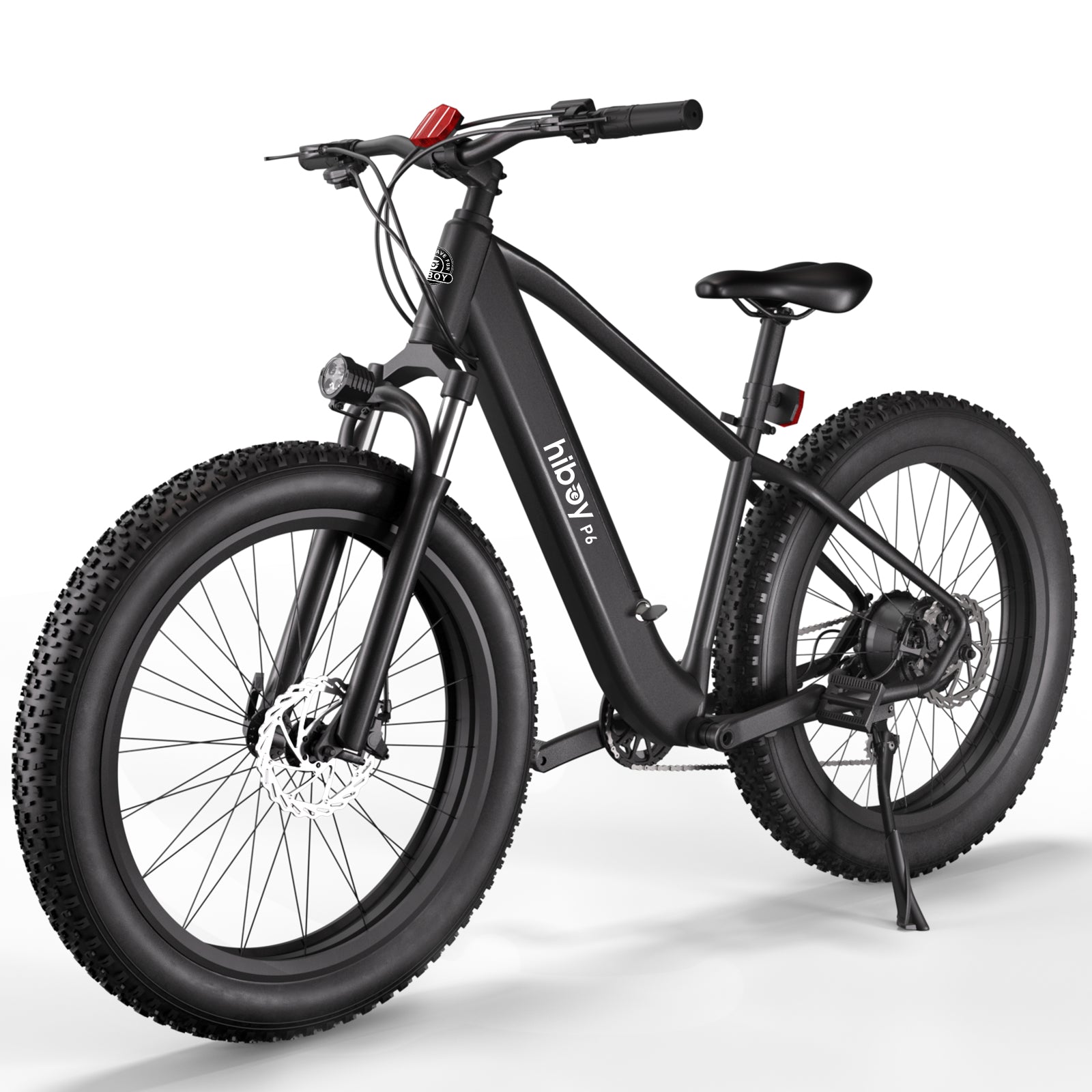 P6
P6
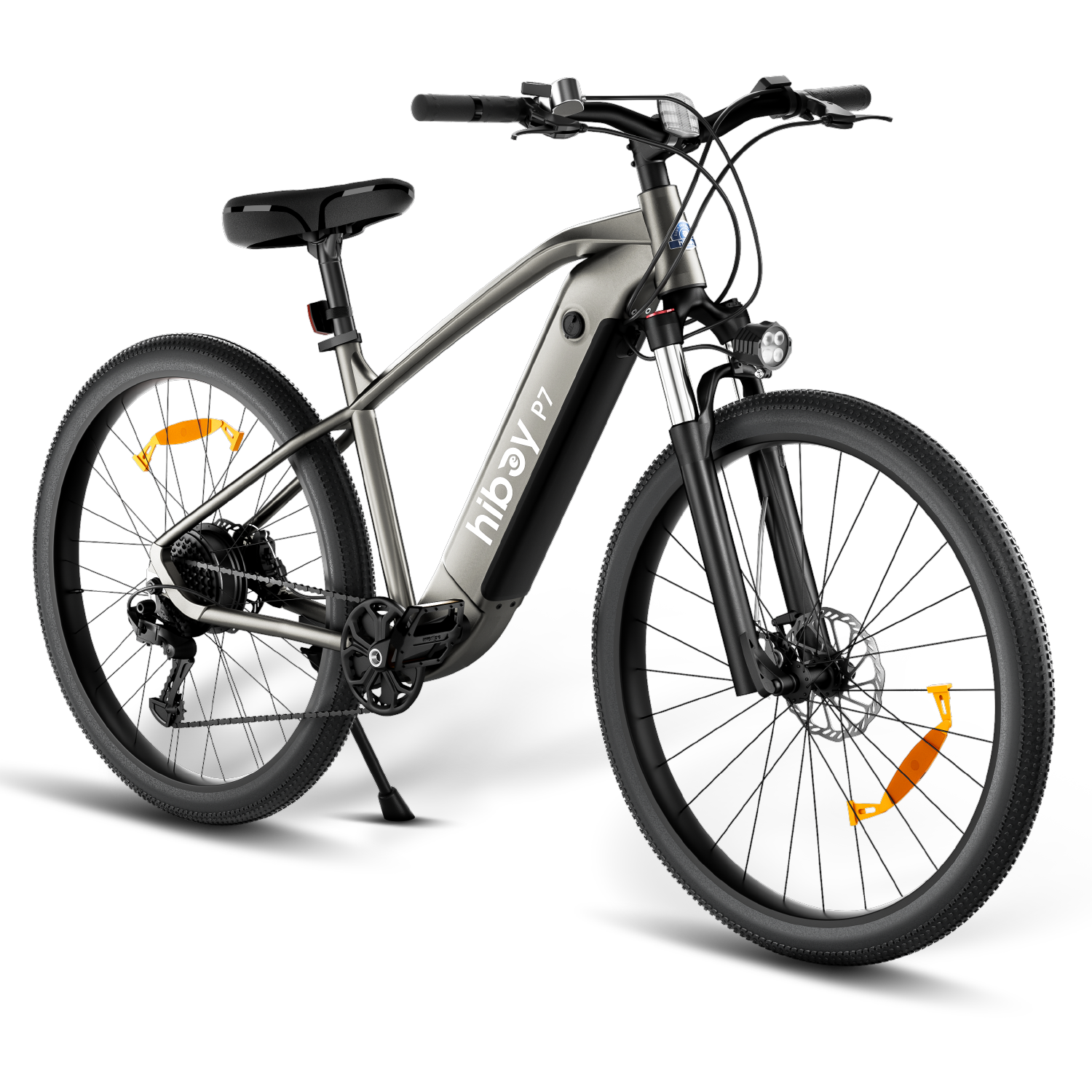 P7
P7
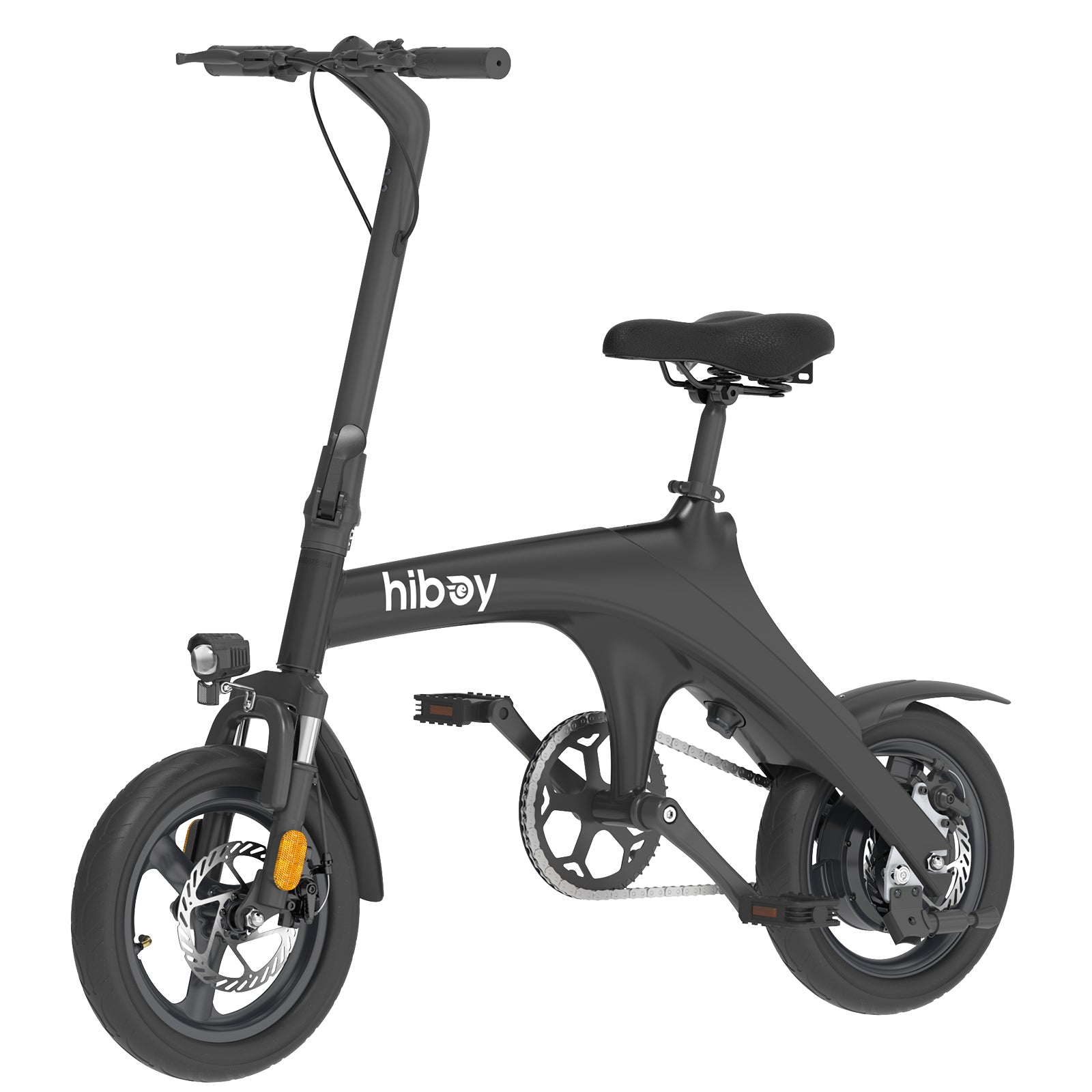 C1
C1
 EX6F
EX6F
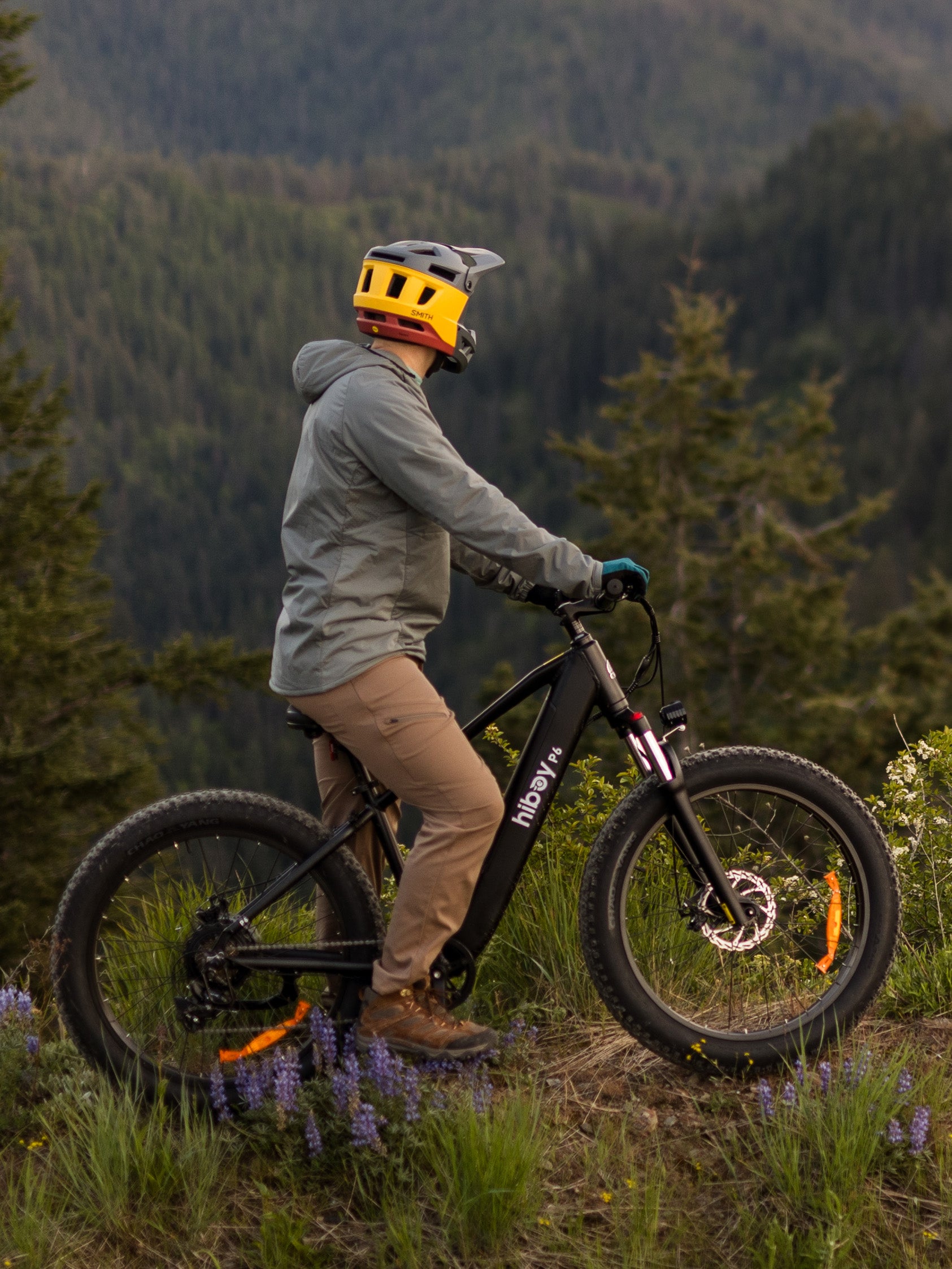
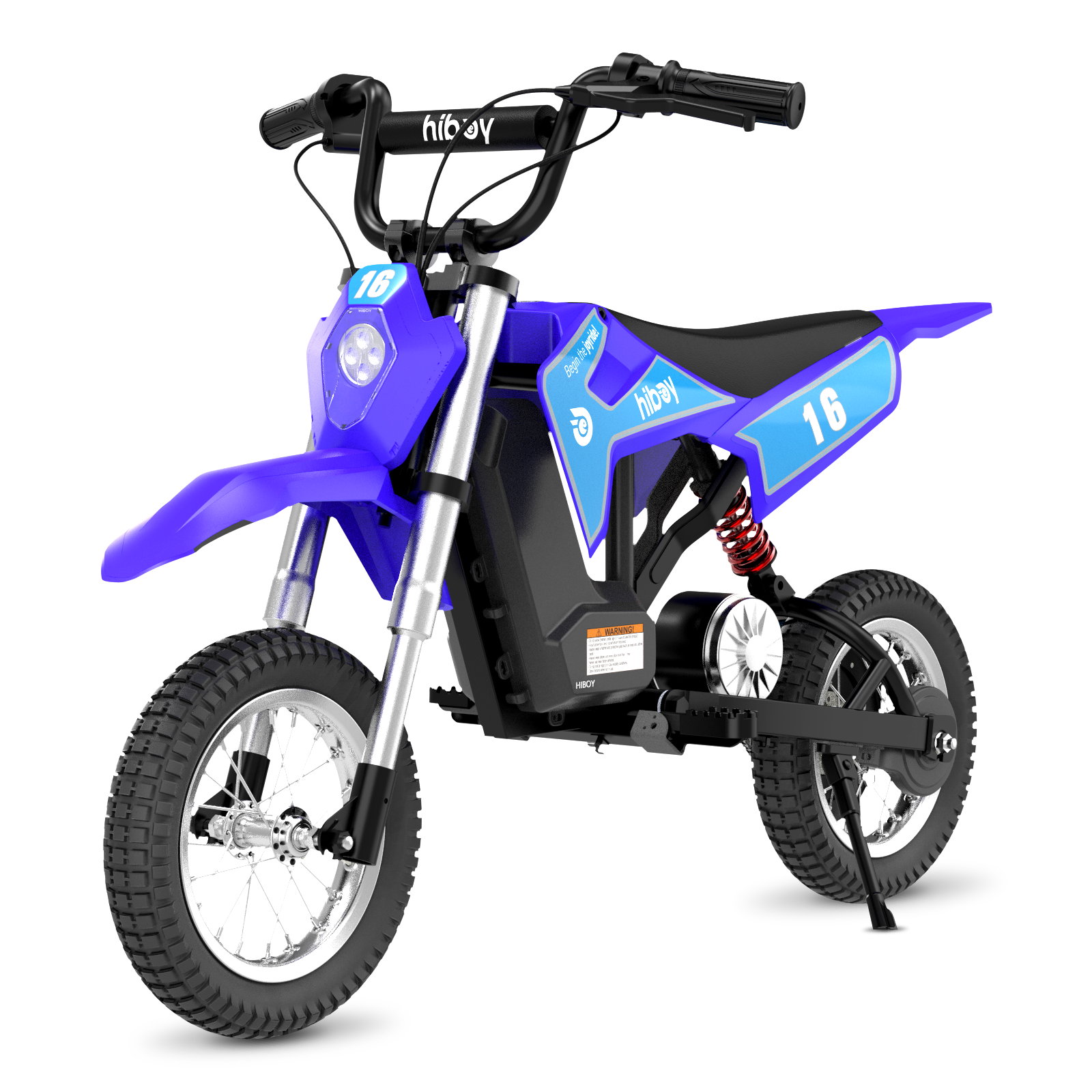 DK1
DK1
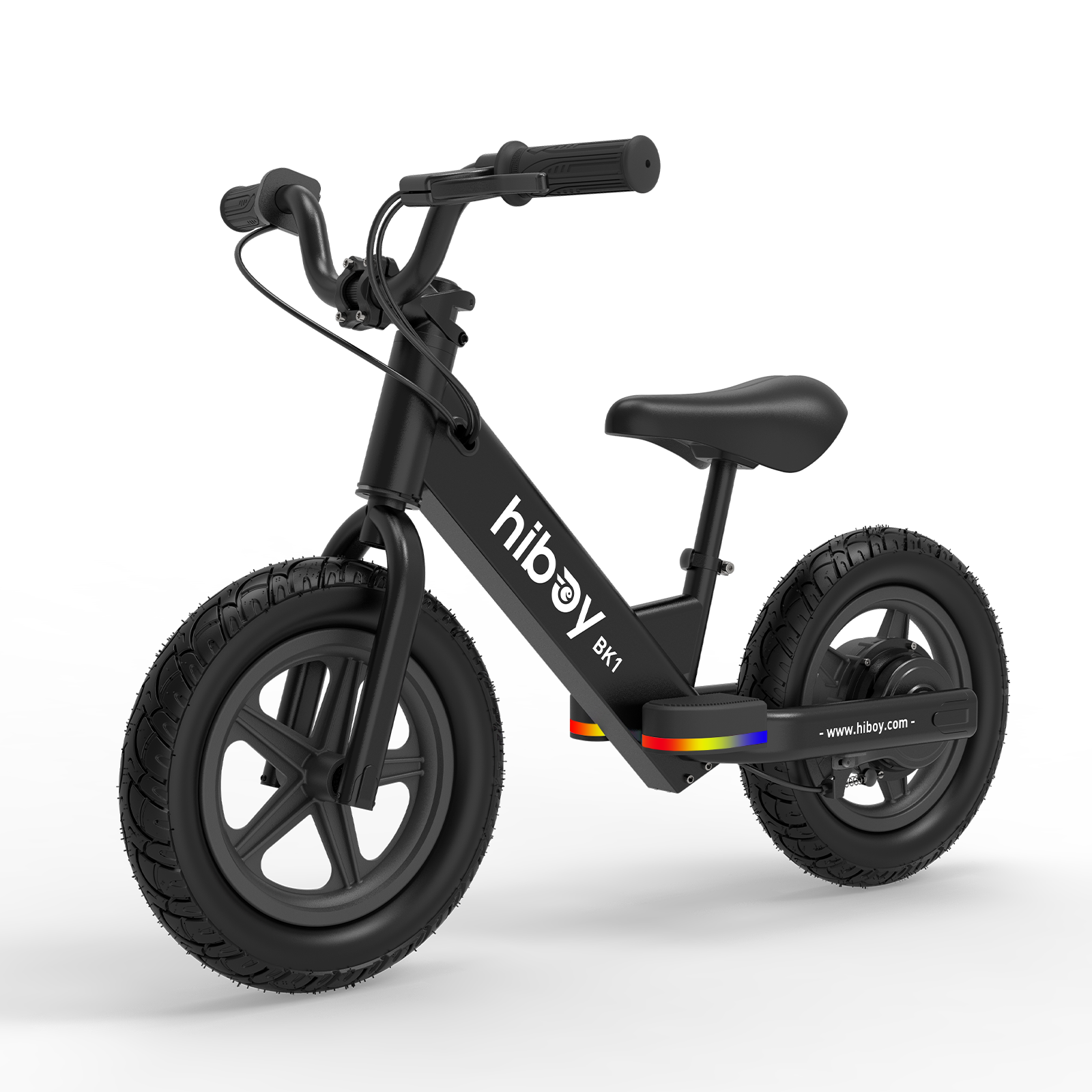 BK1
BK1
 Q2 Lite-A
Q2 Lite-A
 S2 Lite
S2 Lite
 ES-1
ES-1
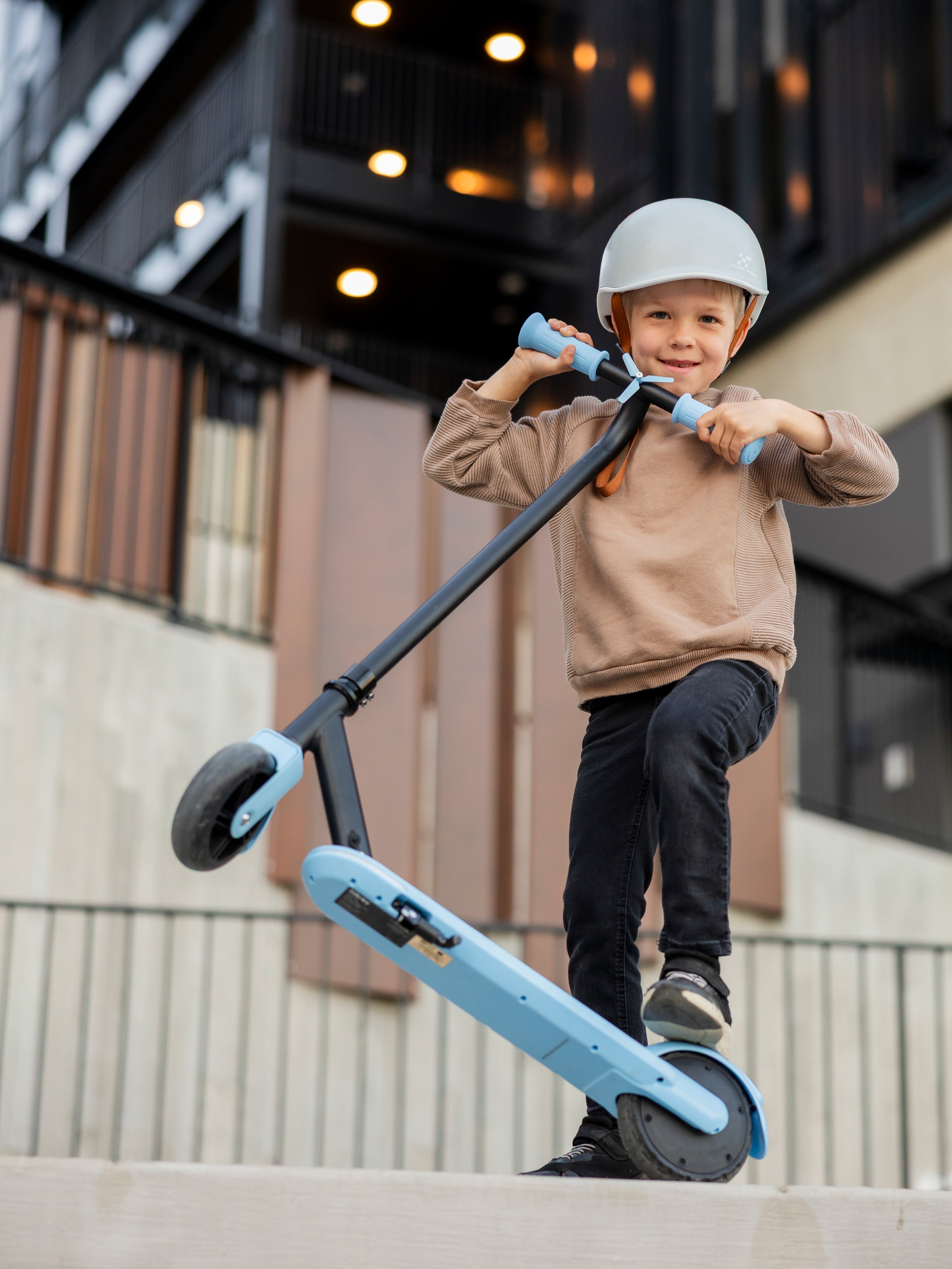
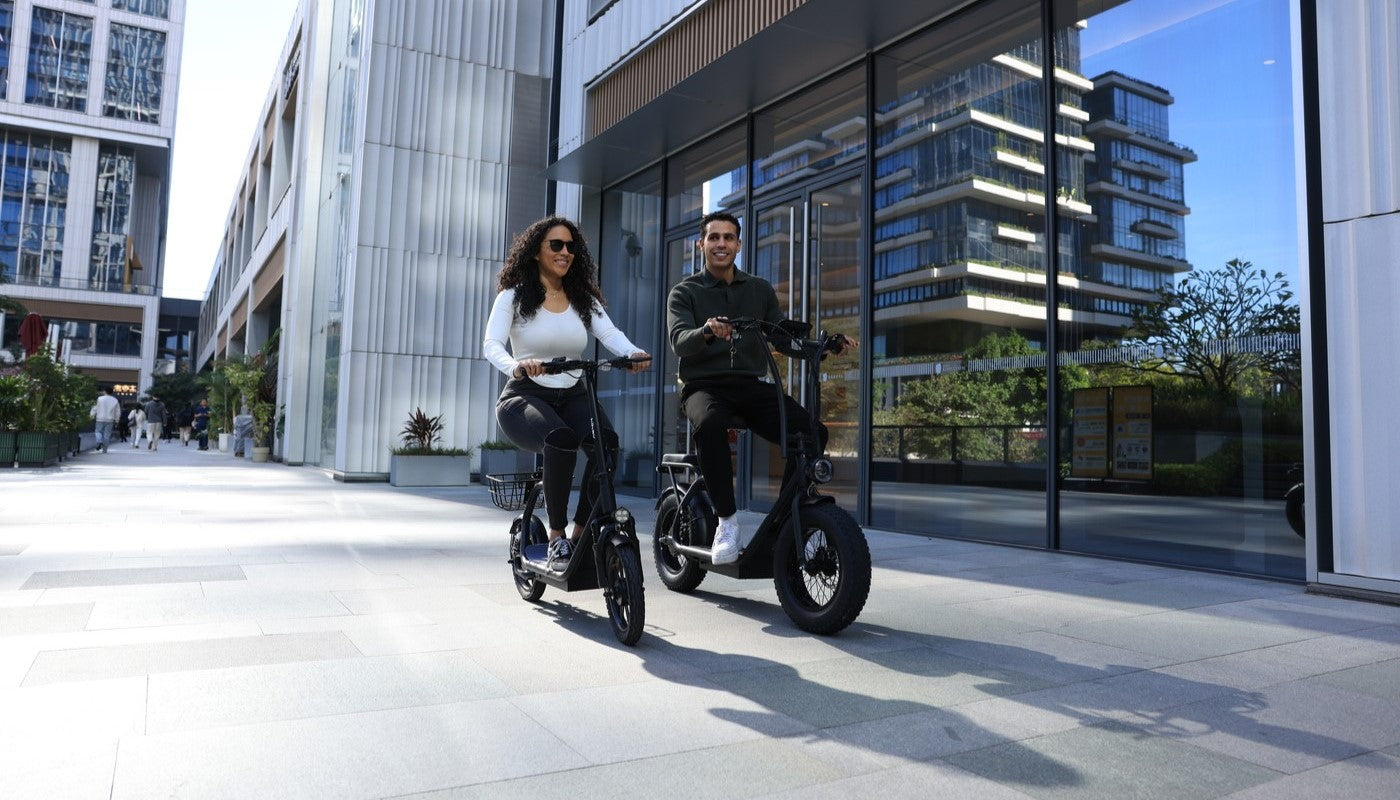
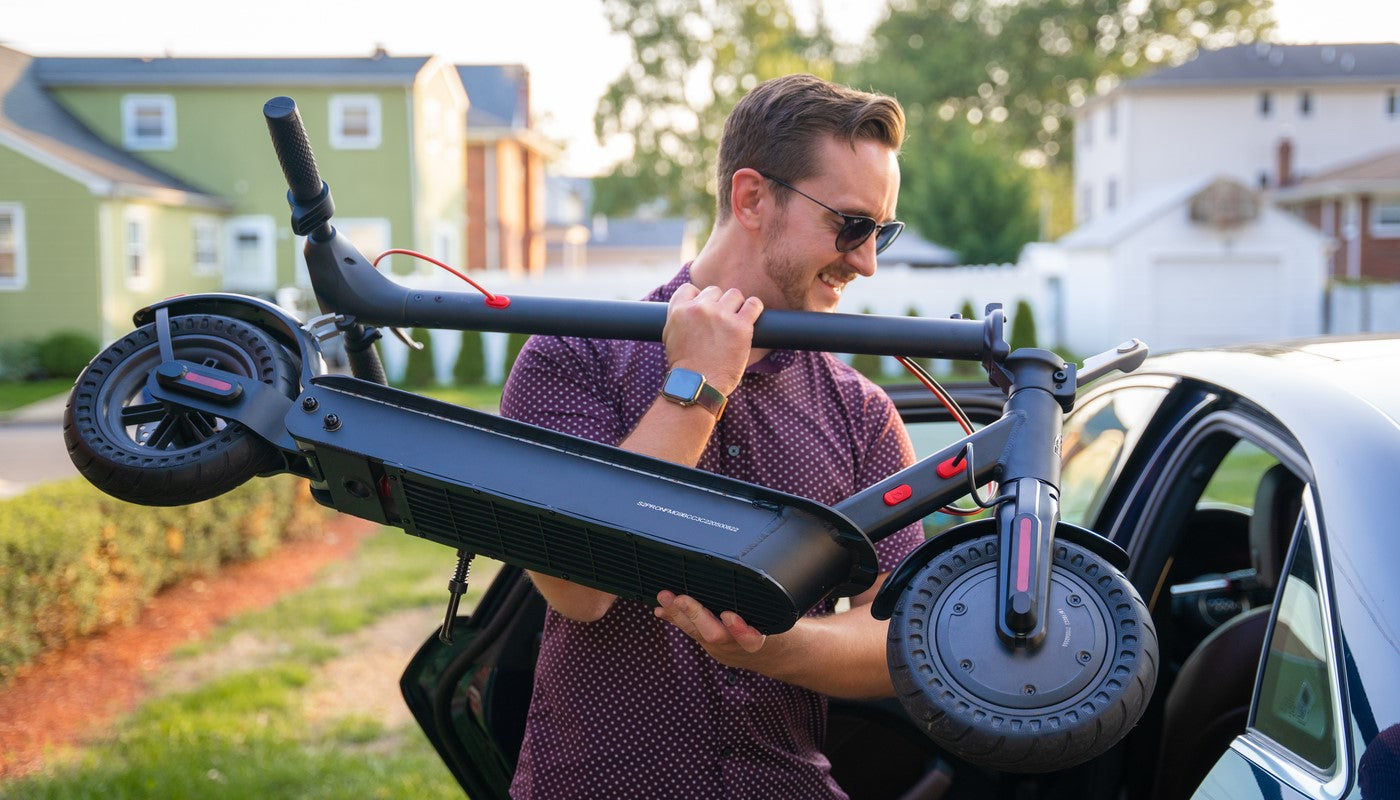







Leave a comment
All comments are moderated before being published.
This site is protected by hCaptcha and the hCaptcha Privacy Policy and Terms of Service apply.